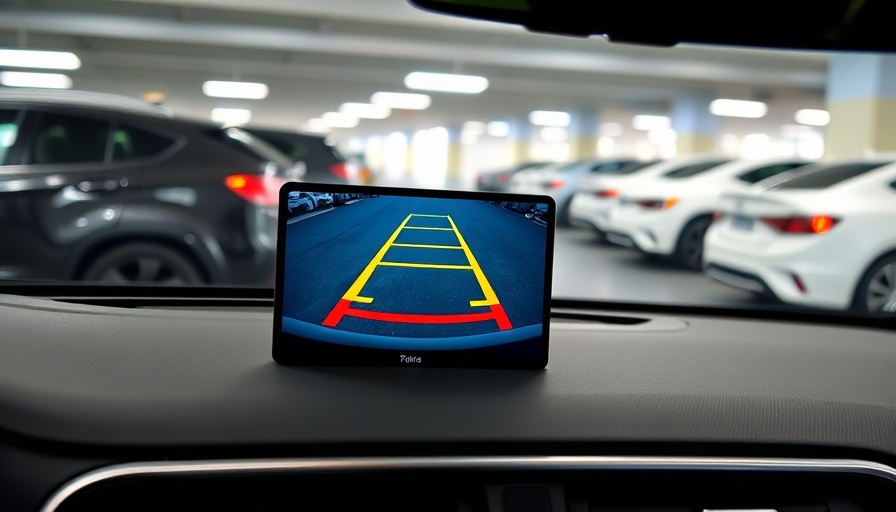
Understanding the Functionality of Backup Camera Guidelines
Modern vehicles are equipped with sophisticated backup camera systems that significantly enhance the driving experience, especially when reversing. These systems display a view from the rear of the vehicle, accompanied by colored grids that help gauge proximity to obstacles. Understanding what these lines indicate can lead to safer driving and improved maneuverability.
The Purpose of Static and Dynamic Lines
Most backup cameras feature two key sets of lines: static and dynamic. The static lines provide a fixed reference for vehicle width, which is vital for assessing space when backing into tight areas. Typically represented in three color-coded zones—green, yellow, and red—these lines indicate safe operating zones, with red zones signaling potential hazards. In contrast, dynamic lines adjust in real-time based on the steering angle, guiding the driver through the intended reversal path.
Training Yourself to Use Backup Cameras Effectively
To maximize the utilization of backup cameras, it's essential to practice alongside traditional mirror checks. The camera system should act as a supplementary tool, not a replacement for safe driving habits. Prior knowledge about vehicle dimensions and the camera’s capabilities sets drivers up for success during low-speed maneuvers like parallel parking.
The Importance of Clean and Well-Maintained Cameras
The clarity of a backup camera can be compromised by dirt, snow, or grime. Regular maintenance, including cleaning the camera lens with appropriate materials, is crucial for optimal performance and visibility. Additionally, understanding the limitations of backup cameras, such as the potential distortion of images in adverse conditions, is critical to ensuring safe reversing practices.
Tips for Safer Reversing
Incorporating a few safety tips can help drivers avoid accidents. Firstly, always remember to look over your shoulder while backing up in addition to using the camera. Secondly, familiarize yourself with the specific guidelines your backup camera offers as they can vary between vehicle models. Finally, consider investing in additional safety features like rear cross-traffic alerts for enhanced awareness.
Final Thoughts: Navigating with Backup Cameras
Backup cameras are not just added conveniences; they are vital safety tools that have been shown to reduce accidents significantly. Knowing how to read those lines can transform your backing experience, empowering you to maneuver your vehicle with confidence and caution. This knowledge not only benefits the driver but enhances the safety of pedestrians and nearby vehicles.
 Add Row
Add Row  Add
Add 




Write A Comment